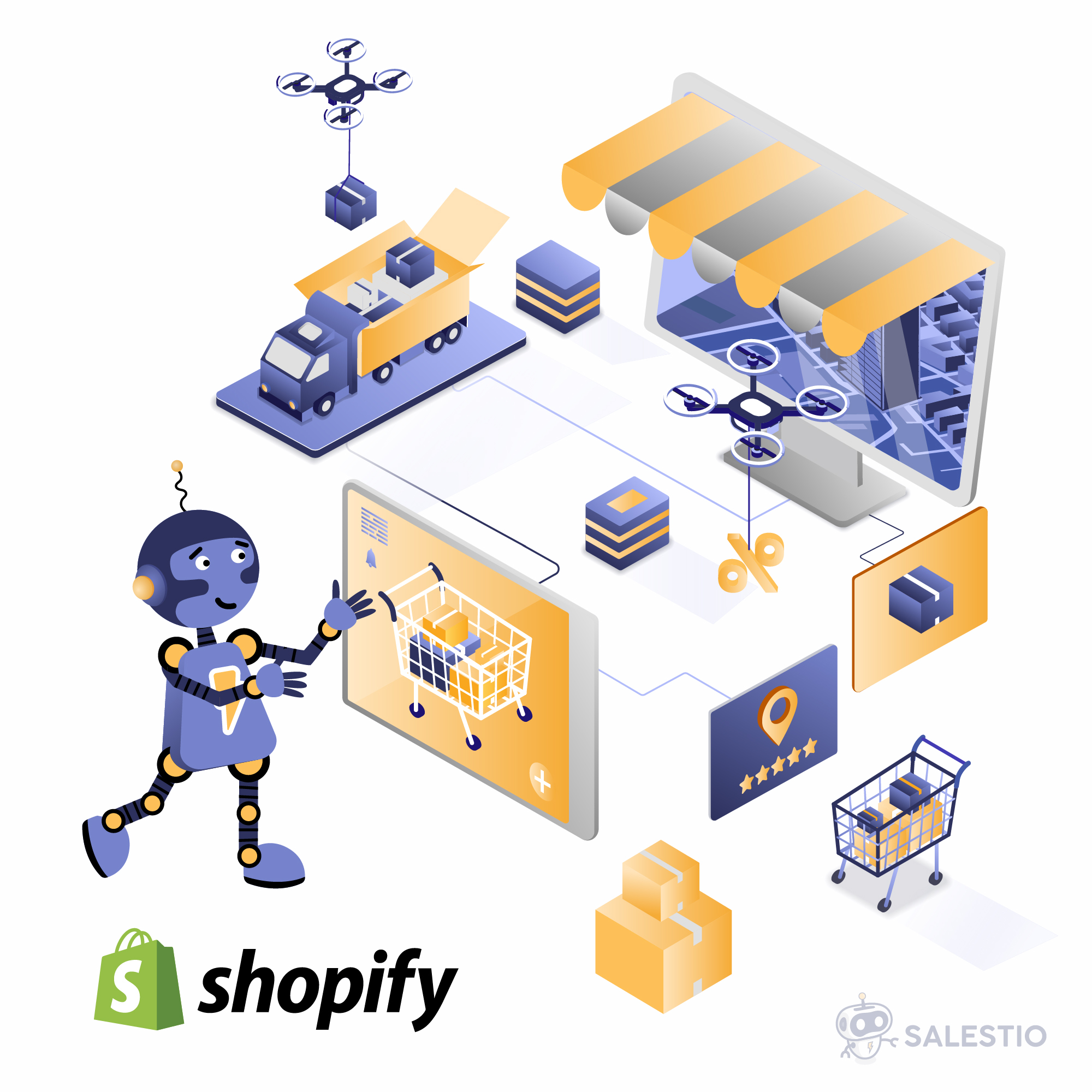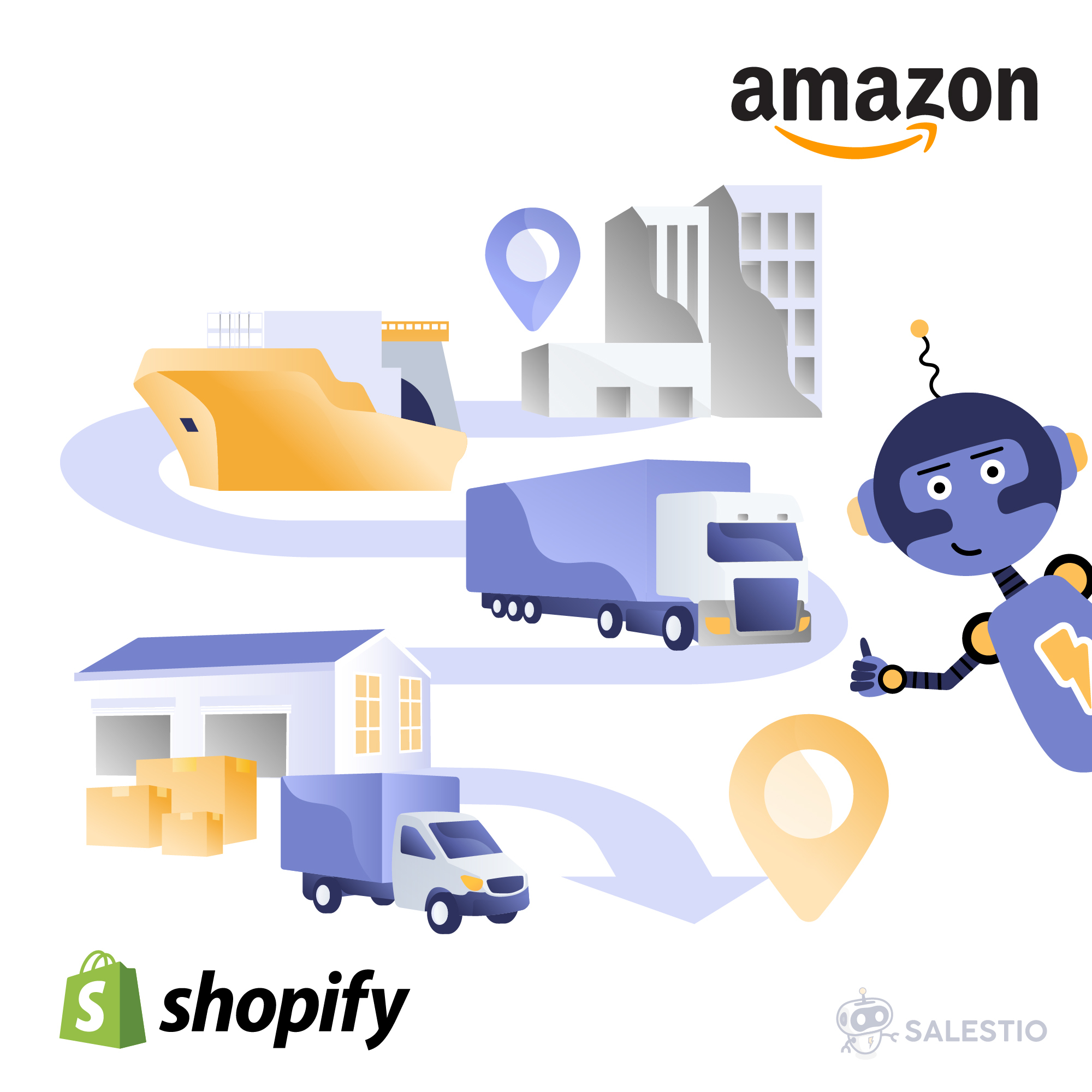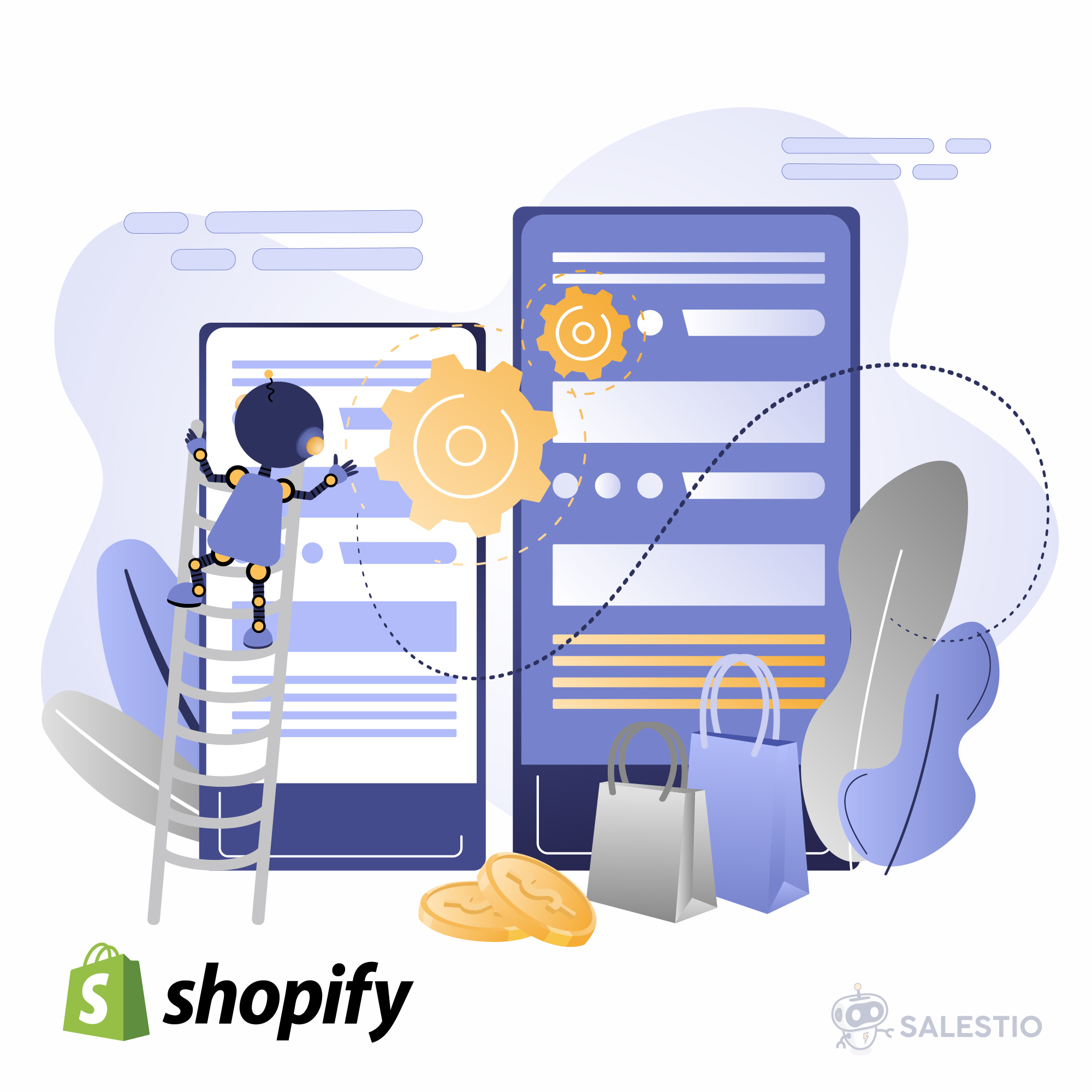19 Sep'25

SKU Mappings in Salestio: Customize Product Pairs Between Platforms
Salestio can establish a connection between already existing marketplace items and products in your e-commerce store. To find the product pairs, the app compares the product SKUs and locates a match. By default, Salestio syncs quantities and orders for items that have the same SKU. Sometimes, the same product can end up with a different […]
12 Sep'25

Salestio: Managing Returns across Amazon, eBay, and Etsy
Handling returns from Amazon, eBay, and Etsy becomes much more efficient when everything is connected in one place. The return process can stay organized when marketplaces are synced with an e-commerce store. In this article, we will look at how Salestio handles returned or canceled orders. Each marketplace has specific settings, so you can define […]
05 Sep'25

Key Salestio features in Shopify
Salestio serves as a means to connect your Shopify store to Amazon, eBay, and Etsy. In this article, we will go over the main features that help keep your listings in sync with the Shopify store. Send Shopify catalog to marketplaces Salestio can send the items from your Shopify store to marketplaces of your choice. […]
29 Aug'25

Map e-commerce shipping services to Seller Central carriers with Salestio
Providing accurate shipping details is important to comply with Amazon’s policies, build customer trust, and keep the store running efficiently. In today’s article, we will explore the customization options for Amazon fulfillment in Salestio. By default, Salestio will send the Shipping Carrier to Seller Central based on the carrier selection in the Shopify order. Sometimes, […]
22 Aug'25

Multichannel Sales: Benefits, Challenges, and Platforms Compared
Keeping a store running on multiple platforms is a great way to capture a wider audience. Managing multiple channels comes with its own upsides and challenges, so in this article, we will discuss the available options. Why start a multichannel business? The main upside of running a multichannel store is increased reach and visibility. Meeting […]
15 Aug'25

Salestio guide: Send products to Amazon
Salestio helps sellers expand their store to external marketplaces. In this article, we will focus on the details related to listing products on Amazon. First of all, Salestio requires a Pro Seller account on Amazon to publish and synchronize the items. The account should be able to list items.To verify that your Amazon account is […]
08 Aug'25

Shopify Metafields in Salestio: Overview
Shopify Metafields are a useful way to expand the product information with additional details. Salestio has multiple ways to integrate metafields into the syncing process for Amazon, eBay, and Etsy. In this article, we will explore the specifics of using Shopify Metafields in Salestio and how they can help. Metafields offer a way to store […]
01 Aug'25

List on Etsy: create new listings from Shopify products
Today, we will explore how to expand your Shopify store to Etsy using Salestio. In this guide, we will share the steps to the Shopify inventory listed on Etsy and set up sync between the two platforms. Add an Etsy account Configure the Global Profile (Optional) Add a Creation Profile Add a mapping to the […]
25 Jul'25

Salestio for BigCommerce & Etsy FAQ: Responses to Common Questions
Salestio provides a variety of services to synchronize data between BigCommerce and Etsy. Whether you are an experienced user or just starting with Salestio, you might have some questions. This FAQ covers answers to the most common ones and provides helpful links when possible. Sending products to Etsy How do I send my products to […]
18 Jul'25

Salestio for Shopware & eBay: Key Features to get started
Salestio provides a variety of services to synchronize data between Shopware and eBay. This article covers the key features of the eBay integration and solutions to popular issues. Sending products to eBay Set up Salestio to send the items Customize product information for individual items Updating stock to 0 Resolving the errors Connecting with active […]